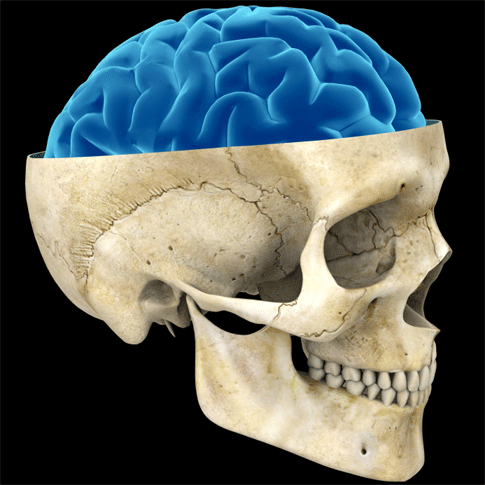What Would You Do With 4 Billion Dollars?
For the folks behind the Decade of the Mind initiative, the answer is simple: Spend it. On neuroscience.

The Decade of the Mind (DOM) initiative was created in 2007 at George Mason University’s Krasnow Institute for Advanced Study by an internationally-respected consortium of scientists. These scientists want to convince the US government to spend 4 billion dollars over a 10 year period with the objective of advancing our understanding of the human brain. Since the original announcement of the initiative, they’ve held two conferences a year to try to further this agenda. This year’s installment took place in early January, in Albuquerque, New Mexico.
“The money is in line with the Human Genome Project (technically not quite, HGP was budgeted at 3 billion and cost 2.7 when all was said and done),” said Dr. James Olds, director of the Krasnow Institute. “And the time to spend it is now. The brain is ‘what’s next.’ Neuroscience is finally ready for its Einstein to appear. We’re primed for our great leap forward.”
Olds said as much at DOM IV: Reverse Engineering the Brain: Sowing the Seeds for Technological Innovation.
Among other topics covered, there was much focus on ensuring that this great leap forward is clearly mapped out. To that end, the DOM initiative has laid out three very clear goals for success:
The first is to make a quantifiable improvement in public health—no small measure, as brain-related diseases and injuries cost the US about 600 billion dollars yearly. “Basically,” says Olds, “we want to help Parkinson’s and Alzheimer’s turn the same corner that AIDs turned—diseases you can live with that aren’t a death sentence.”
Second, to make a definable contribution to the US economy measured in new jobs, new intellectual property and new companies resulting from the technology transfer (from that new intellectual property).
The third goal is to make a marked improvement in K-20 (that’s kindergarten through college) educational performance, including everything from better test scores to more minorities pursuing jobs in science and technology.
To make all of this happen, DOM is hoping funding for these initiatives will be part of the CY 2010 budget, and has created a four-pronged approach for divvying up that 4 billion dollars.
In keeping with their goals, the first of those prongs is to “heal and protect the brain.” But to make that possible, it’s also necessary to “understand the brain” —an understated way of saying that scientists want to know how the mind emerges from the activity of the brain (essentially how the hardware of gray matter produces the software of consciousness and memory and such)—which further requires us to “model the brain” (exactly as it sounds, using both analytical and computational models of the brain to test out our hardware/software hypothesis). The final goal, the nexus of all of this other work, is to “enrich the brain”—with heavy emphasis here on improving educational outcomes.
While earlier conferences, like DOM III: Emergence of the Mind, held last April in Des Moines, Iowa, have covered a series of through-the-looking glass future-forward topics, DOM IV was instead a very high-level state of the union address for neuroscience, summarizing where the field, as a whole, currently stands.
In keeping with this approach, topics ranged from small (such as neuronal connection), to large (consciousness research). Howard Hughes Medical Institute’s Kevin Moses spoke on reverse engineering the fruit fly brain, while Stanford University’s Jay McClelland discussed the brain’s basis for memory. The corporate sector made an appearance via Rick Stephens, the director of human resources for the Boeing Corporation, who covered America’s science-based educational challenges (we’re only producing 60,000 engineers a year—which, Stephens feels, must change if America is really going to reboot its economy and continue to lead the world in scientific research).
One of the final talks, Neurorobotics and Modeling Cognitive Function, given by University of California, Irvine cognitive neuroscientist Jeffery Krichmar, nicely summarized the challenges ahead. Neurorobotics is one of the more ambitious arms of this movement, technically encompassing the attempt to build robots with embodied autonomous nervous systems, reaching beyond the computer simulation approach favored by the Artificial Intelligence groups.
Krichnar is now working with robots with thousands of neurons and millions of synapses that, as he says, “are just about at the edge of the amount of complexity found in real brains.” It’s a daunting enough task that there are only five different groups of scientists worldwide pursuing this approach. But if DOM gets the cash, Krichnar hopes this will change. With respect to the cash itself, all Olds is willing to say is “the DOM steering committee is in direct contact with the Obama team. The new administration is in possession of the initiative.”
One thing is for certain: with the nation still reeling from nearly a decade of heavily politicized and seriously under-funded research, if the Obama Administration is determined to help the United States to regain its lead in the scientific world while jump-starting the economy, funding for DOM would go a long way toward making that happen.